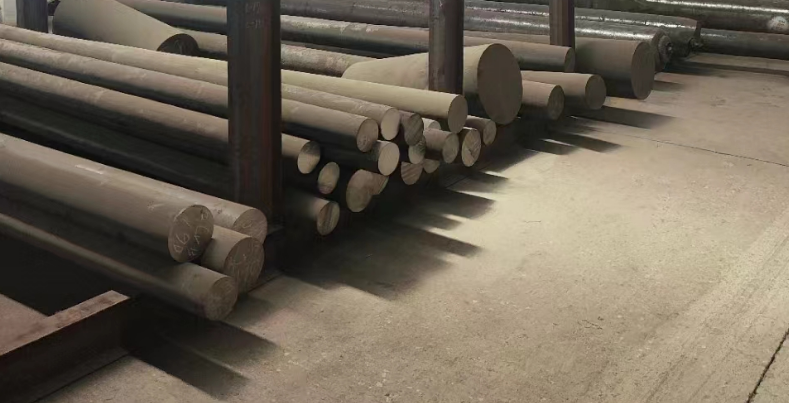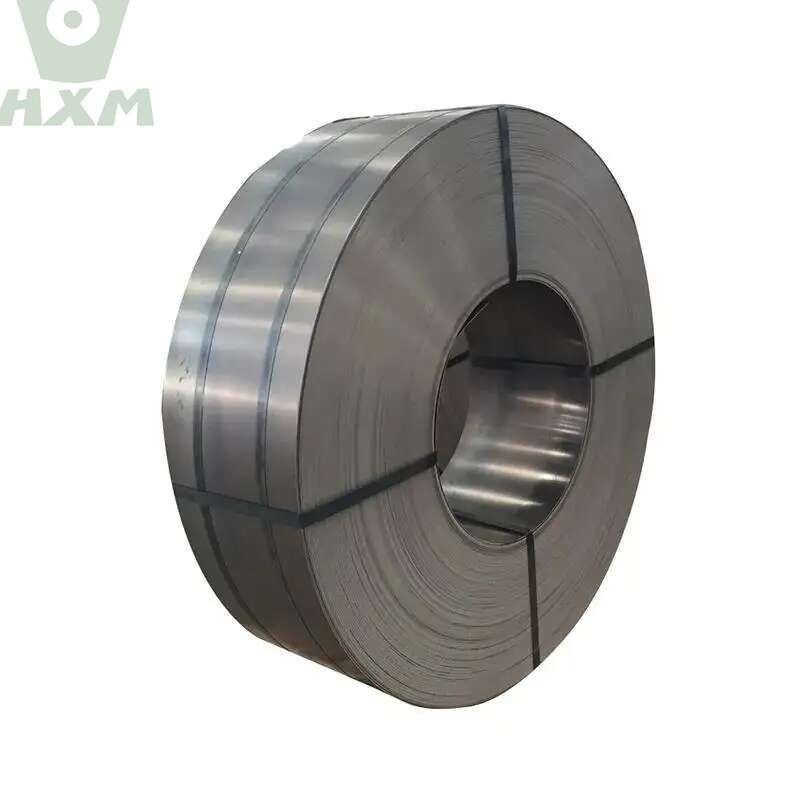The debate surrounding the superiority of carbon steel versus mild steel is as old as the industry itself in the realm of metalworking and material science. So, is carbon steel better than mild steel? As a seasoned metallurgist with extensive experience in the field, I’ve had the opportunity to work with both types of steel and observe their performance in various applications. This article aims to provide a comprehensive, accurate, and authoritative comparison of carbon steel and mild steel, examining their chemical composition, mechanical properties, uses, and cost-effectiveness.

Is Carbon Steel Better than Mild Steel?
Chemical Composition and Classification
To understand the differences between carbon steel and mild steel, it’s essential to delve into their chemical compositions. Carbon steel, broadly speaking, refers to any steel that contains carbon as a primary alloying element. The amount of carbon present determines the steel’s grade and properties. On the other hand, mild steel is a subset of carbon steel, specifically referring to low-carbon steel with a carbon content of less than 0.3%.
The carbon content in steel plays a crucial role in determining its hardness, strength, ductility, and weldability. As the carbon content increases, the steel becomes harder and stronger but less ductile and more difficult to weld. Therefore, mild steel, with its low carbon content, exhibits excellent ductility and weldability, making it a popular choice for many applications.
Mechanical Properties
Let’s delve deeper into the mechanical properties of both carbon steel and mild steel.
Carbon steel, depending on its grade, can vary widely in its strength and ductility. High-carbon steel, for instance, is extremely hard but brittle, while low-carbon steel offers a balance between strength and ductility. However, even low-carbon steel, while not as ductile as mild steel, still possesses higher strength and hardness.
Mild steel, on the other hand, is known for its exceptional ductility and malleability. It can be easily formed, bent, and shaped into various configurations, making it a popular choice for fabricating parts and components. However, its lower strength and hardness compared to higher-carbon steel grades limit its use in applications requiring superior mechanical properties.
Uses and Applications
The choice between carbon steel and mild steel often depends on the specific requirements of an application.
Carbon steel, due to its strength and hardness, is commonly used in applications that require high wear resistance, such as cutting tools, drills, and dies. It’s also used in the manufacturing of high-strength structural components, like bridges and buildings, where its ability to withstand heavy loads and stresses is crucial.
Mild steel, on the other hand, finds its way into numerous applications that prioritize ductility and formability. It’s commonly used in the automotive industry for fabricating chassis components, body panels, and suspension parts. It’s also widely employed in the construction industry for building frames, beams, and columns, as well as in the manufacturing of household appliances and machinery.
Cost-Effectiveness
When considering the cost-effectiveness of carbon steel and mild steel, it’s important to note that pricing varies depending on several factors, including material grade, availability, and demand. However, generally speaking, mild steel tends to be more cost-effective than higher-carbon steel grades.
The reason for this is that mild steel is easier to produce and process due to its lower carbon content and improved ductility. It requires less energy to form and shape, and it’s more forgiving during welding and other fabrication processes. This results in lower production costs and a more cost-effective material overall.
However, it’s worth noting that in some applications, the use of higher-carbon steel grades may be justified by their superior mechanical properties. In these cases, the additional cost of the material may be outweighed by the benefits it provides, such as increased strength, hardness, and wear resistance.
Conclusion
The debate surrounding the superiority of carbon steel versus mild steel is not one that can be easily settled. Both materials have their unique properties and applications, and the choice between them often depends on the specific requirements of an application.
Carbon steel, with its range of grades and mechanical properties, is an excellent choice for applications that require high strength, hardness, and wear resistance. It’s commonly used in the manufacturing of tools, machinery, and structural components.
Mild steel, on the other hand, offers exceptional ductility and formability, making it a popular choice for applications that prioritize these properties. It’s widely used in the automotive, construction, and appliance industries due to its ease of processing and cost-effectiveness.
In the end, the choice between carbon steel and mild steel should be made based on a careful analysis of the specific requirements of an application, taking into account factors such as strength, ductility, formability, cost, and availability.
Thank you for reading our article and we hope it can help you to find the answer to the question: Is carbon steel better than mild steel? If you are looking for carbon steel suppliers and manufacturers online now, we would advise you to visit Huaxia Steel.
As a leading supplier of carbon steel products from Shanghai China, Huaxia Steel offers customers high-quality carbon steel, tool steel, and alloy steel at a very competitive price.








